I’ve had the pleasure of seeing Kyoto in many seasons – during the cherry blossoms, as the snow fell on Arashiyama and Kurama, in the blistering swelter of summer. But I’ve yet to be in this part of Japan during the koyo season, so you knew there was no way I was going to let this opportunity pass by. Many people believe the koyo are even more beautiful than the sakura, and I may just agree. But what they share in common is their fleeting nature – and the obsession the Japanese have for both would seem to underscore the importance of mono no aware in the Japanese aesthetic.
Fall is indeed a wonderful time in Japan, and while any season is wonderful in Kyoto (though August does try the soul) autumn is especially wonderful. It was a chilly but dry day as I headed for the old capital, with the leaves projected to be just about at peak. I decided to skip Tofukuji – it’s the most famous (and crowded) koyo spot in Japan and today is a national holiday (Labor Thanksgiving Day), and besides, I can consider it saved for another time. I knew there would be throngs of tourists everywhere in any event, so it seemed better to avoid the heart of the chaos.
I tend to avoid Kiyomizudera on a lot of my Kyoto trips – I’ve been there several times, and it’s so squarely on the tourist circuit. Still, every time I do go I’m reminded of why it was my favorite place on my first Kyoto trip – it has a charm, a magic that not even armies of tourists can tarnish. It’s a quirky and magical place, in addition to being incredibly beautiful – and it lived up to its reputation as being perhaps Kyoto’s second-most famous autumn leaves spot.
Next up was Nanzen-ji, one of my regular stops in Kyoto. I love the fact that it’s free (apart from the gorgeous subtemples of course), and that it has a wild and mystical shrine on the hill above it. But most of all, I think, I love that aqueduct – a seminal image of Kyoto and one of my favorite places in the world. It’s like a scene from ancient Rome in the middle of Kyoto. Nanzen-ji is also among Kyoto’s best-known Koyo spots, and it didn’t disappoint.
I had intended to enter Eikan-do next, but the crowds were so huge here that I decided I didn’t feel like waiting in line for an hour (especially since they’d raised their entry fee to 1000 Yen for the season). So I just snapped some shots from the free perimeter, and headed up north for the Philosopher’s Path. Perhaps my single favorite temple in Kyoto proper is there (more on that in a moment) but there was the added bonus of its neighbor, Reikanji, being open to the public. That happens only twice a year for a couple of weeks – once in spring when the temple’s famous camellias bloom, and once in the fall when the koyo (Reikanji claims to have Kyoto’s largest maple tree) explode with color.
Reikanji is not a huge place but it’s gorgeous – a reminder that no matter how many life-changing experiences Kyoto gives you, it’s always hiding more. The temple also featured a very relaxed dog sleeping next to the priest doing the shuin (temple stamps). No one (including me) could resist rubbing the fellow’s head, which he bore with weary patience, but one woman insisted on repeatedly trying to grab his paw – despite the fact that he gently but firmly pulled it away (without opening his eyes or raising his head) every time she did so.
Finally, we had Honen-in. I’ve spoken of this little hillside temple often and posted many photos, but to see it in autumn was truly glorious. Simply put, Honen-in is always kanpeki. In sun or rain, winter of summer, it adapts. While lacking the grandiosity of Kiyimizu or Nanzen-ji’s koyo, Honen-in’s were nevertheless my favorite of the day. “Never the biggest, always the best” – that’s how I’ve come to think of this place. Somehow, every element of Honen-in is always perfect – the art exhibits, the sand art, the leaf fountains and somehow, even the fallen leaves and the spider webs. Honen-in is Kyoto for me, in some way – the harmony of man and nature, the random acts of beauty everywhere you look. May it continue to change with the seasons while always remaining utterly itself.


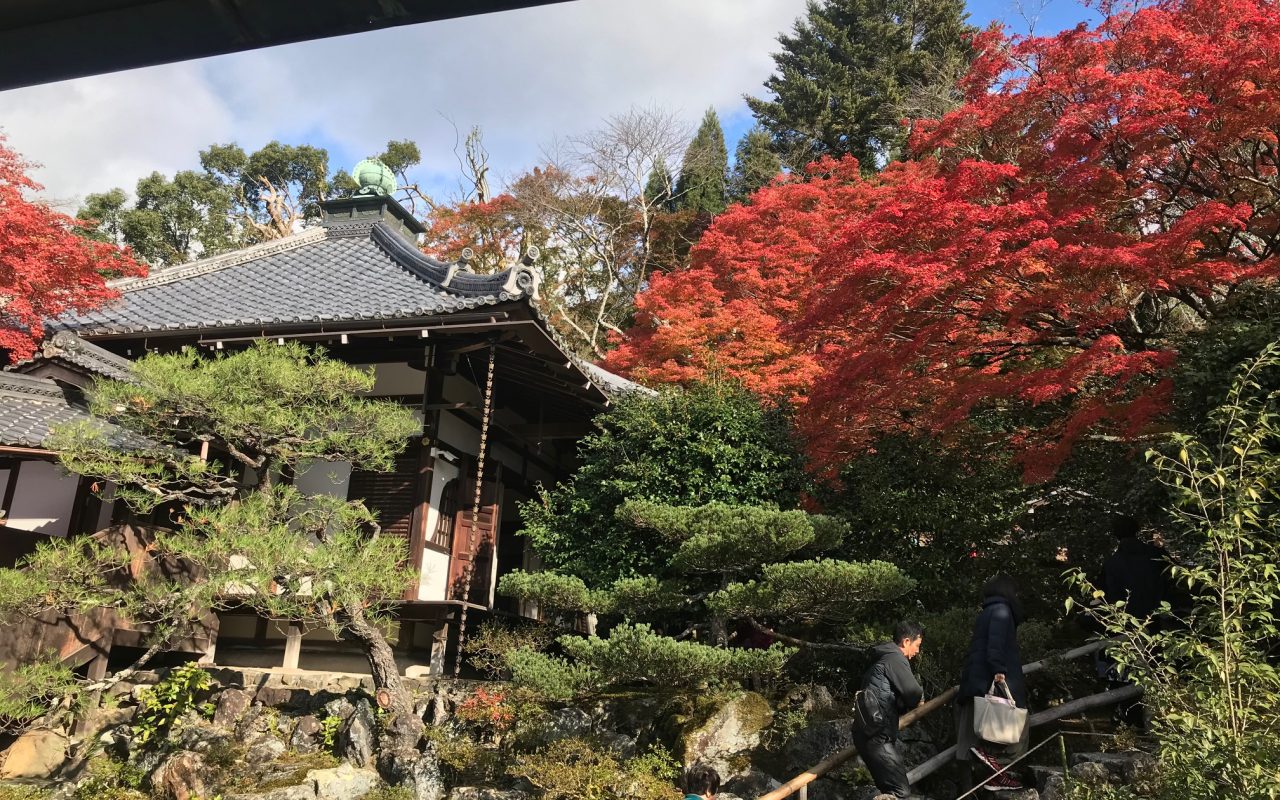
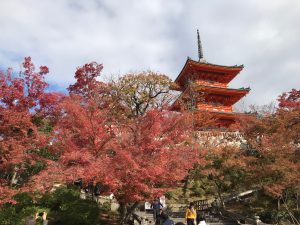
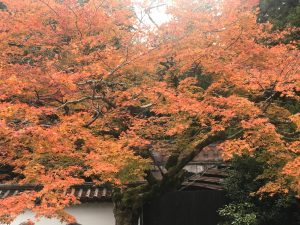
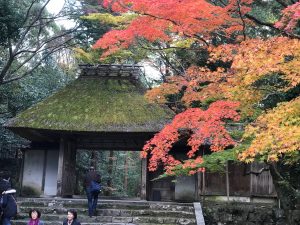

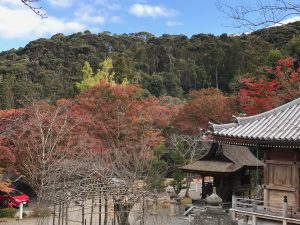

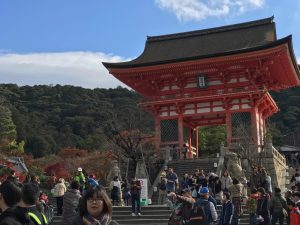
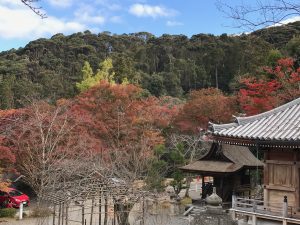

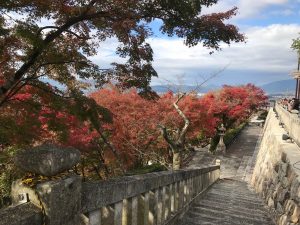


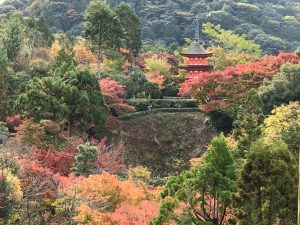
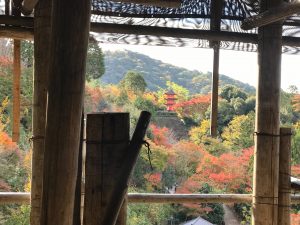


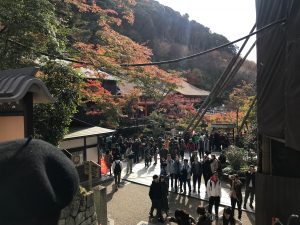



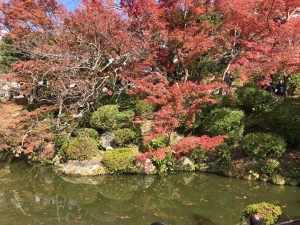
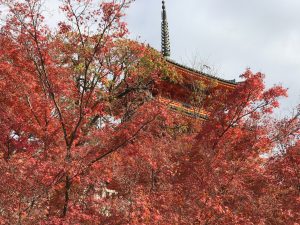

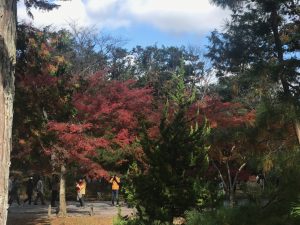
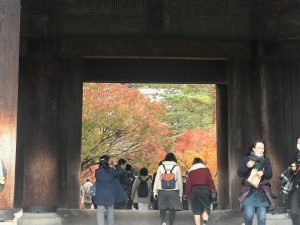
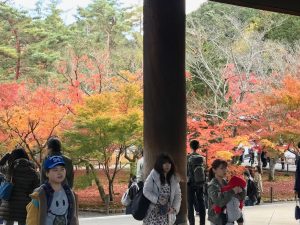

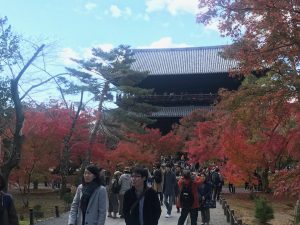




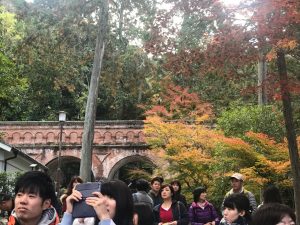
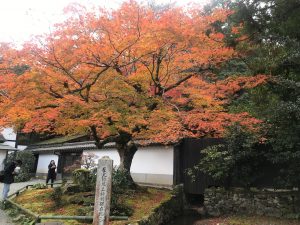

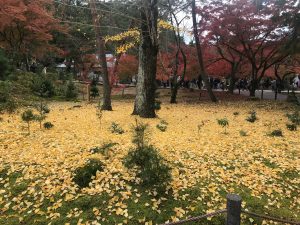

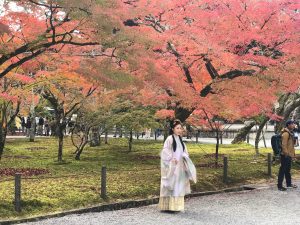
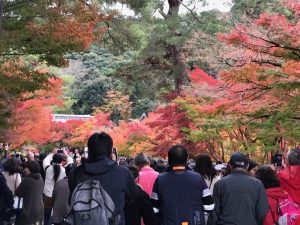


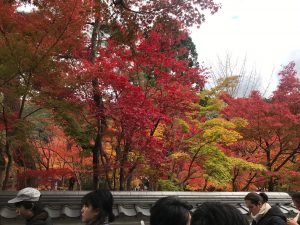
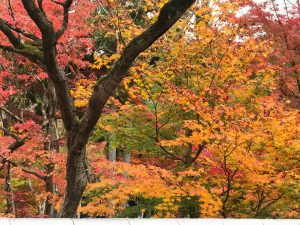




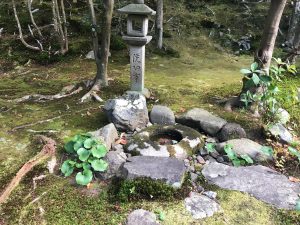

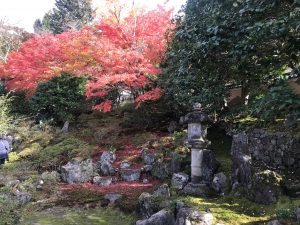

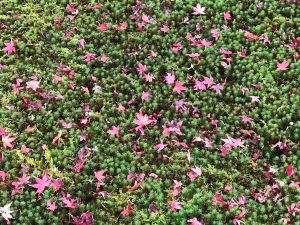

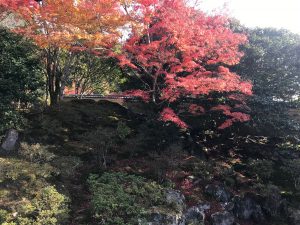
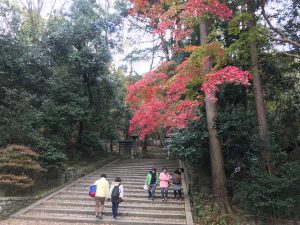

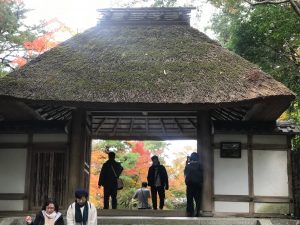






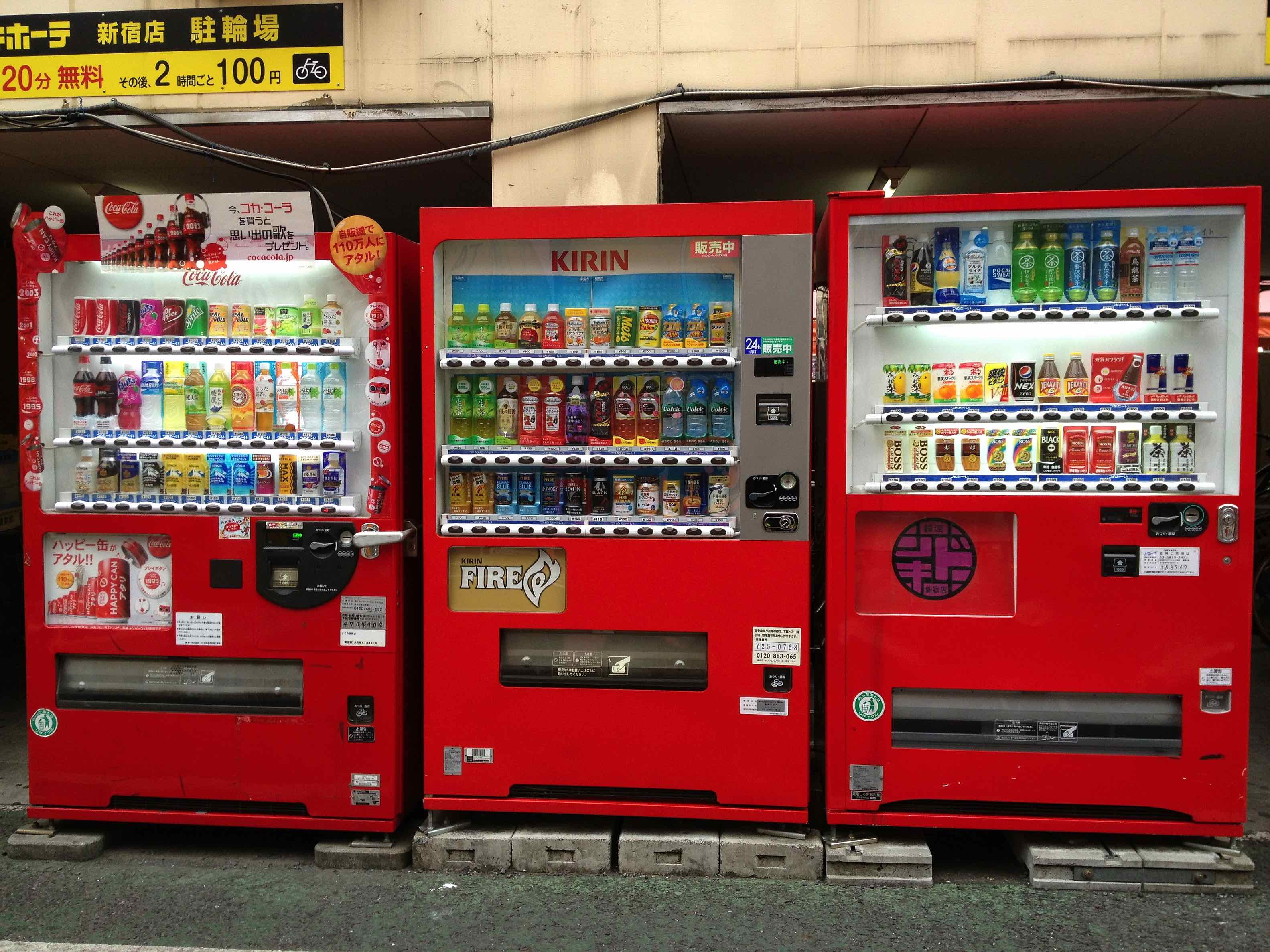
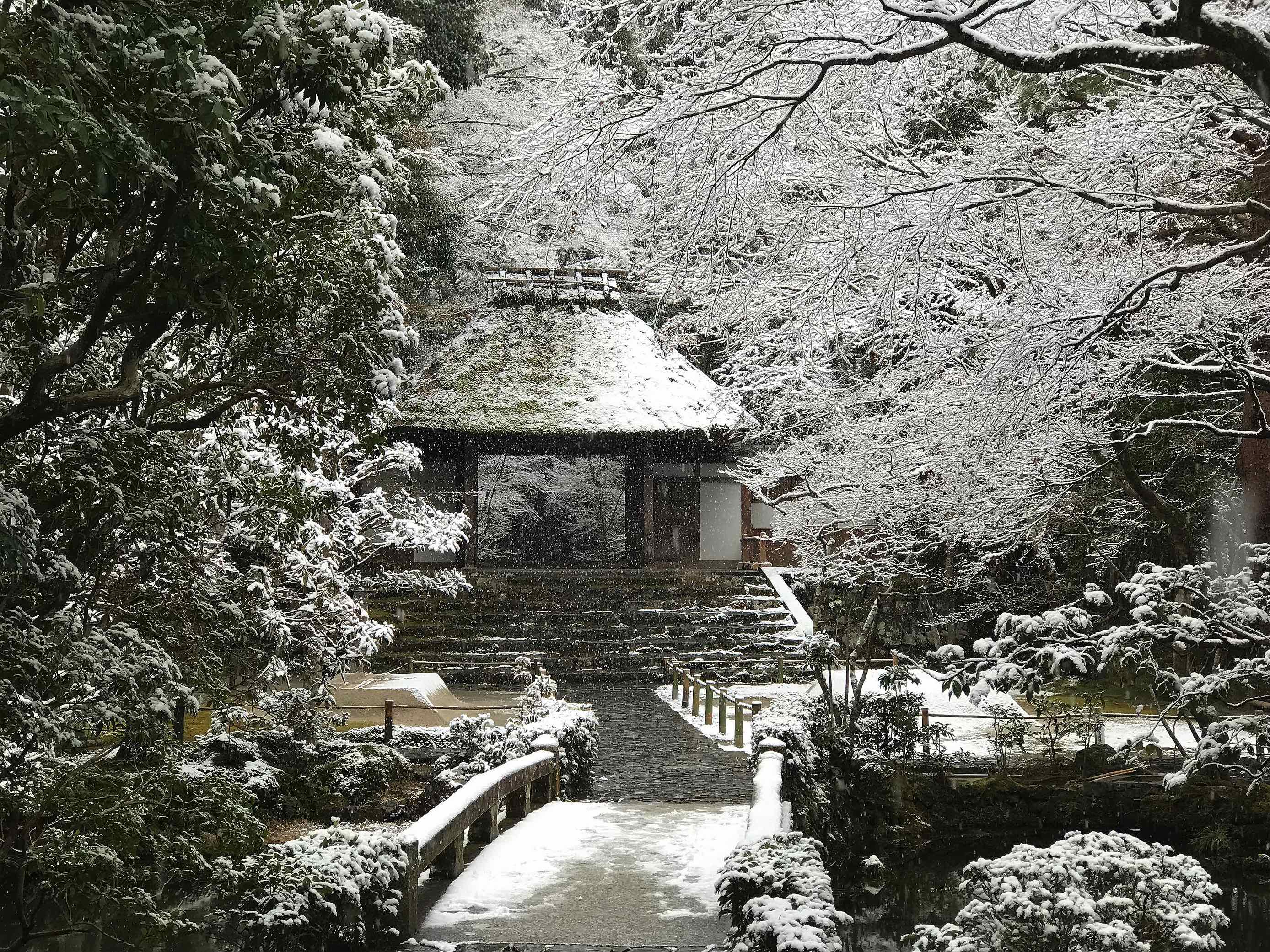
Flower
November 25, 2018 at 5:03 amTHAT’S what I’m talking about!
Beautiful! ˆˆ
Thanks so much for the photos. 🙂
Guardian Enzo
November 25, 2018 at 9:02 amKyoto in the fall. I take no credit.
elianthos
November 26, 2018 at 8:33 amAaaaaaaaaahhhh utsukushiiiii <3
Ronbb
November 27, 2018 at 1:22 amSo much joy seeping through the words…so happy for you. Your photos somehow remind me of episode 6 of UK season 1…
Yann
November 27, 2018 at 2:38 amKyoto in the Fall is pure magic…
I kind of stumbled upon Honen-in by “accident” when I was there. I didn’t even know until now that it was a full on temple. I like to wander when I travel… So I don’t always know what I’m looking at, which sometimes helps me to see things better. Not sure if that makes sense but that’s my style 🙂
I remember vividly the time I spent there looking at what looked like a door in between worlds to me… Took basically the same picture 😀
http://minimalgallery.net/index.php?s=y&id=feelings__the_path
Thanks for the post! Brought back a bunch of memories and feelings… I might just have to go back to Japan sooner than expected!
Guardian Enzo
November 27, 2018 at 11:49 amI love to wander without aim too, especially in Kyoto. But Honen-in is definitely worth seeking out.
That gate is considered by many the most beautiful image in Kyoto. Honenin is a remarkable temple – the head priest is German-educated and one of the most connected people in the Kyoto arts and environmental communities.